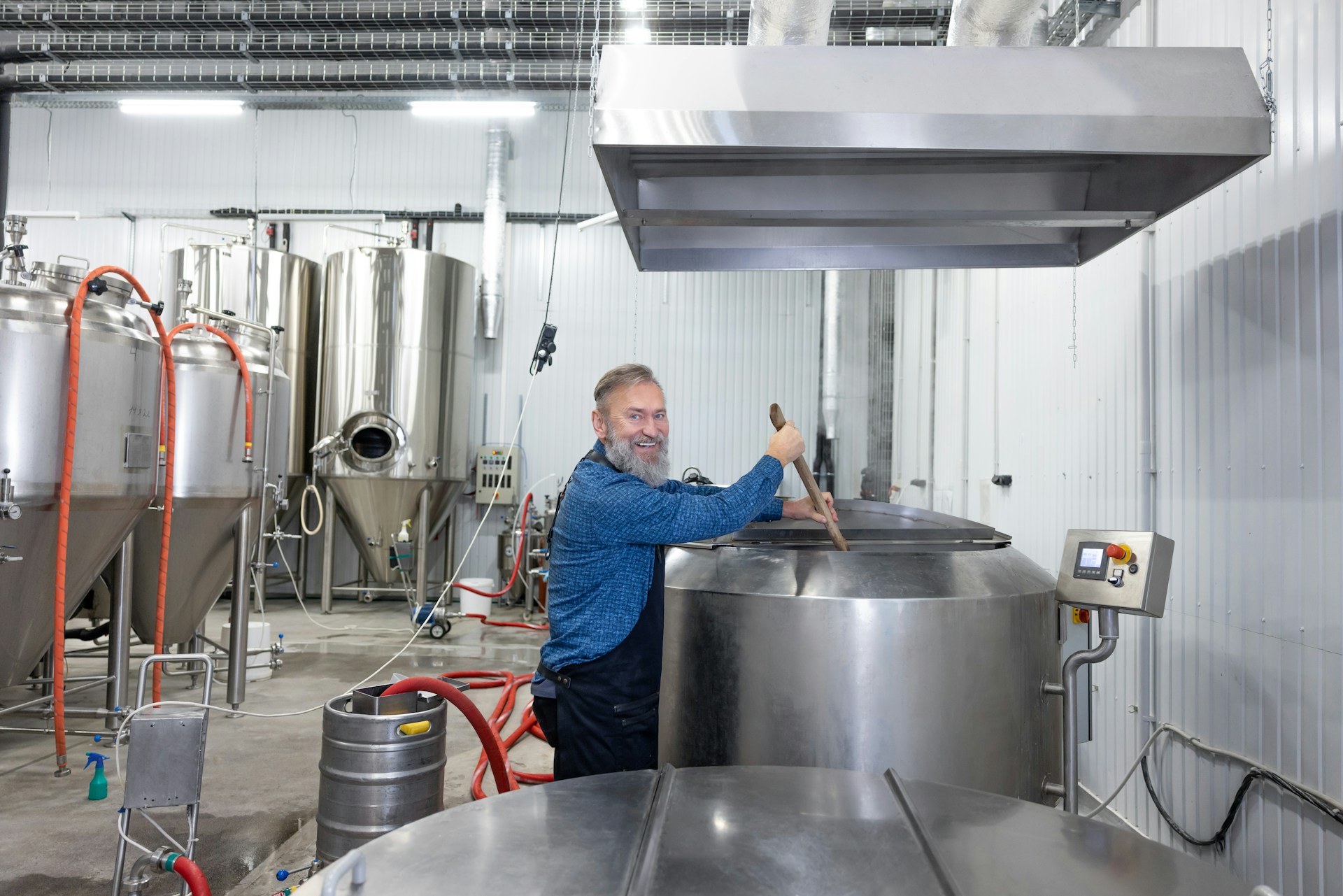
Tank wall cracks are a common issue that, if not addressed promptly, can lead to much bigger headaches down the track. These cracks may start off small, almost unnoticeable, but they can quickly turn into serious structural problems. Imagine a small crack in the pavement; left untreated, it can develop into a pothole that damages the suspension of any vehicle. Similarly, cracks in tank walls might compromise the entire structure, resulting in leaks or even tank failure. It’s important to tackle these problems early to avoid costly repairs or replacements.
Leaving cracks untreated is like ignoring a slow leak under your sink; eventually, it can create water damage that’s expensive to fix. Deteriorating tanks not only impact the immediate area around them but also pose environmental risks if the tank contains hazardous materials. This is why understanding the importance of fixing tank wall cracks as soon as possible helps in maintaining the tank’s integrity and ensures the safety of whatever it contains.
Identifying Tank Wall Cracks
Spotting cracks in tank walls isn’t always straightforward, but catching them early can make a big difference. Some signs might be apparent right away, like visible lines running along the surface of the tank. However, other cracks might be more subtle, hiding under layers of grime or paint. Regular inspections are key and help catch these sneaky cracks before they become larger issues.
Here are some common signs to look for:
– Visible lines or splits in the wall.
– Discoloration or damp patches indicating a breach.
– Unusual noises such as dripping or hissing sounds.
Checking the tank with proper tools is essential. Flashlights can highlight cracks in dim corners, while moisture detectors help locate damp areas suggesting leakage. A simple tap test, listening for changes in sound, can also uncover hidden cracks.
Identifying cracks early helps prevent further damage and extends the life of the tank. It also ensures that the contents are securely stored, whether it’s water, chemicals, or any other substance. For anyone responsible for maintaining tanks, knowing these signs and employing these techniques is crucial in keeping the tank and its contents safe.
Causes of Tank Wall Cracks
Tank wall cracks can arise from various factors, often interconnected. One primary cause is environmental conditions. Extreme weather changes, like scorching heat followed by a cold snap, can stress the materials, leading to fractures. This is especially common in outdoor tanks exposed to harsh elements over time.
Material fatigue and manufacturing defects also play a part. Tanks endure constant pressure and use, and over time, even the strongest materials can show signs of wear and tear. Sometimes, even a tiny flaw during manufacturing can develop into a significant crack under regular tank use.
Operational issues are another consideration. Improper use or negligence during maintenance can cause problems. For example, overfilling a tank or using incompatible chemicals can weaken walls, making them vulnerable to cracking. Understanding these causes helps in taking preventive measures, ensuring tanks remain in optimal condition.
Effective Methods for Fixing Tank Wall Cracks
Once you spot a crack, deciding between temporary and permanent solutions is crucial. Temporary fixes might offer quick relief but don’t address underlying problems. Permanent solutions are often more viable, reducing future risks and costs.
Here’s a basic guide to repairing tank wall cracks effectively:
1. Assess the Damage: Determine the size and depth of the crack.
2. Clean the Area: Remove any debris or residue to ensure proper adhesion.
3. Apply a Sealant: For minor cracks, an epoxy resin or other suitable sealant might work well.
4. Reinforce if Necessary: Larger cracks might need additional patches or structural support.
5. Consult a Professional: For significant damage or specialised tanks, always seek expert advice.
Professional repairs ensure the job is thorough and reduces the chance of reoccurrence. Professionals use advanced techniques and materials that often aren’t available for DIY jobs, ensuring safety and efficiency.
Preventing Future Tank Wall Cracks
Prevention always trumps repair, and taking action to avoid future cracks is wise. Regular maintenance is a must. Inspections uncover small issues before they escalate, keeping your tank in top shape. Using high-quality materials also contributes to lasting durability.
Here are some best practices:
– Schedule Inspections: Routine checks help catch fatigue signs early.
– Maintain Consistent Use: Avoid overloading or underutilising tanks.
– Stay Informed on Material Limits: Understand what your tank can handle in terms of temperature, pressure, and contents.
Preventative measures can save time and money and extend the lifespan of any tank. By consciously maintaining and inspecting tanks, you ensure they remain reliable and safe for a long time.
Keep Your Tanks in Top Shape
Fixing and preventing tank wall cracks involves understanding what causes them and how best to address them. Regular maintenance, prompt repairs, and professional inspections build a strong foundation for tank longevity. Tank care isn’t just about responding to visible issues; it’s about anticipating potential problems and acting with foresight.
By embracing these practices, you safeguard your investments and ensure that your tanks operate smoothly for years. Relying on professional services when needed ensures that the job is done correctly, providing peace of mind and ongoing safety.
Maintaining the health of your tanks is an ongoing process that requires attention and expertise. For those looking to ensure their tanks remain in top-notch condition, professional help is key. ATM Tanks specialises in tank repairs, offering comprehensive solutions tailored to your needs. Trust expert care to fix and prevent tank wall cracks efficiently, keeping your systems safe and operational for years to come.
- Choosing the Best Tank Liners for Longevity - December 7, 2025
- Pro Solutions for Effective Industrial Tank Cleaning - December 7, 2025
- What to Do When Your Tank’s Waterproofing Fails - December 7, 2025






